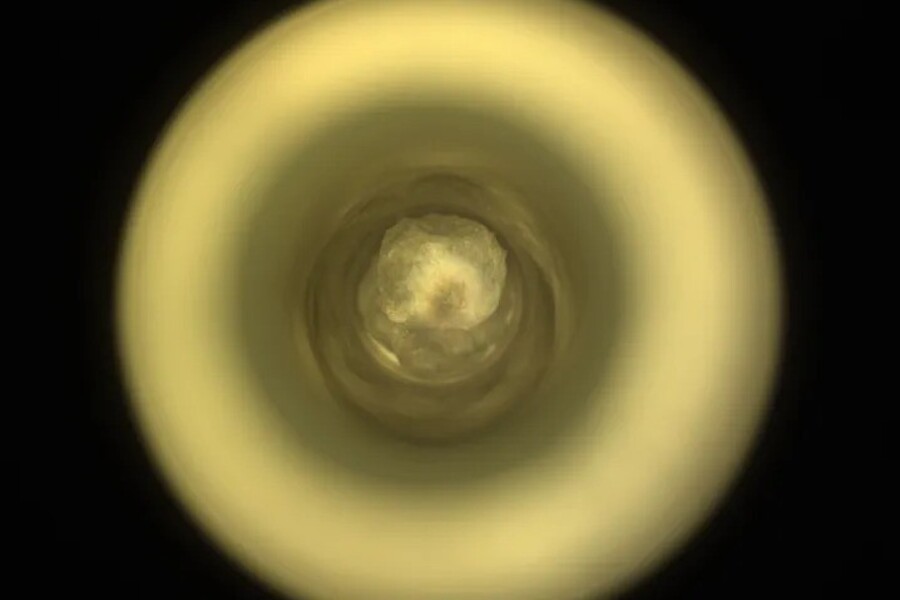
NASA’s Perseverance rover has made a remarkable discovery on the Martian surface, collecting a rock sample unlike any encountered before. The sample, named Silver Mountain, is composed of low-calcium pyroxene, a rare mineral identified from orbit before the rover’s mission began. NASA scientists have described the find as a significant milestone in their efforts to understand Mars’ geological history.
The rover has been exploring Jezero Crater, an ancient river delta believed to hold essential clues about Mars’ past environment. NASA emphasized that the area where Silver Mountain was found is the only known site along the rover’s route with such a concentration of low-calcium pyroxene. The discovery, they say, could offer critical insights into the planet’s volcanic activity and evolution.
A post on Perseverance’s social media account expressed the importance of the find, stating that the sample is now sealed in a tube for eventual transport to Earth. NASA’s mission team has reaffirmed that studying these samples in laboratories will provide valuable data on Mars’ geological history and could even reveal whether the planet once harbored microbial life.
Perseverance has returned to full-time exploration after completing a challenging climb up the side of Jezero Crater. The ascent, which spanned three and a half months, saw the rover cover 1,640 feet (500 meters) while pausing intermittently for scientific observations. This work is part of the rover’s broader mission to gather evidence of ancient life on Mars.
NASA’s long-term goal is to retrieve the material collected by Perseverance and bring it back to Earth through a complex Mars Sample Return mission. The mission involves landing a spacecraft near Perseverance’s location, retrieving the sample tubes, launching them into Mars’ orbit, and transferring them to a return vehicle for the journey to Earth. It is a multi-phase operation requiring international collaboration, including significant contributions from the European Space Agency.
The Martian samples, once on Earth, will undergo detailed analysis under laboratory conditions. Scientists hope this will help answer pressing questions about Mars, such as the role of water in shaping its surface and whether life ever existed there. The ability to study these rocks in depth could revolutionize our understanding of the red planet.
The discovery of Silver Mountain is a significant achievement in Perseverance’s ongoing mission. The rover’s success in navigating Mars’ harsh terrain, drilling into rock formations, and preserving crucial samples highlights the advancements in space exploration technology. Each new find builds upon the legacy of previous missions, including Spirit, Opportunity, and Curiosity, which collectively revealed evidence of ancient water on Mars.
NASA’s vision for Mars exploration doesn’t stop here. Perseverance’s mission is part of a broader strategy that includes future robotic and human missions to the planet. By piecing together the geological and environmental history of Mars, scientists aim to better understand its potential for life and its relevance to the broader search for extraterrestrial life.
Public excitement surrounding the discovery has been palpable, with social media users and space enthusiasts speculating on what the new sample might reveal. The rover’s updates continue to captivate audiences eager to follow its progress.
As Perseverance advances its mission, NASA is focused on the next steps to ensure the safe return of the Martian samples. The challenges ahead are considerable, but the potential rewards—including groundbreaking insights into the origins of life—are immense. Silver Mountain now stands as a symbol of discovery and the ongoing quest to uncover the secrets of our neighboring planet.
Angela Rogers